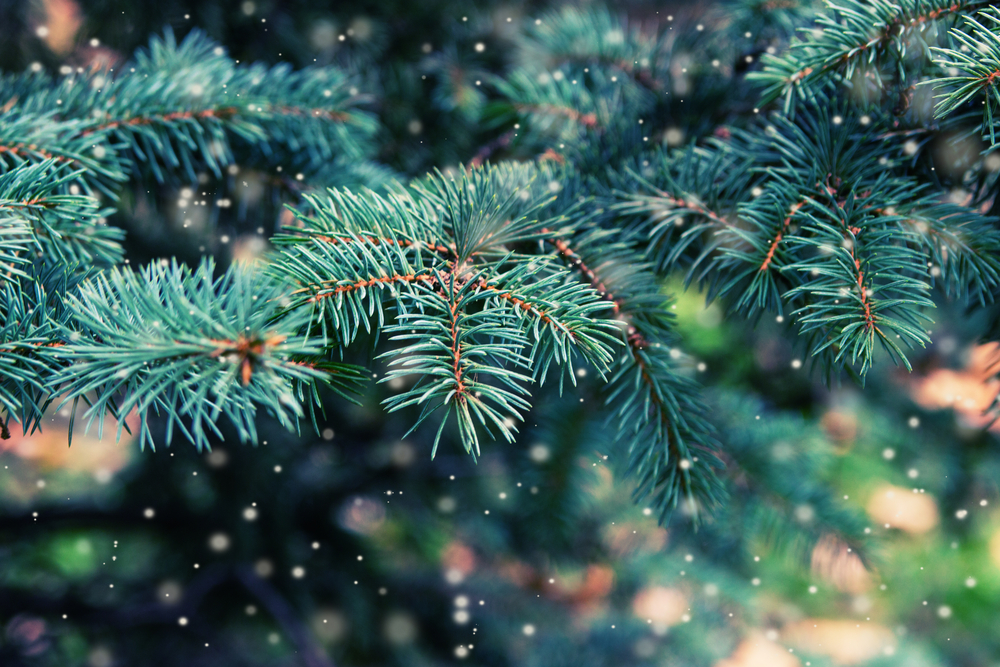
Within our last blog we provided you with details on how to prepare your home for wildfire season. Within a week’s time, we received calls at our architecture firm in Incline Village and North Lake Tahoe as to how to get trees removed from property. So we did a little research. The following information was gleaned from the Tahoe Regional Planning Agency website – to which we will give full credit for the content. In addition to the details below, there is lots of information on their site to help you be a good steward of the land.
When it comes to securing a permit to build your home, or other environmental requirements that are mandated with the Tahoe Basin, our team at Borelli Architect firm in Lake Tahoe and Carson City provides that service to you. For a complete list of the benefits that come with working with our team, click into our website right here.
In the meantime, here are the specifics as to how to get trees removed from your property with the Basin.
When is a tree removal permit needed?
Tree Size
A permit is required to remove live trees greater than 14 inches diameter at breast height (DBH) as long as the house is not along the lakeshore.
If the house is along the lakeshore, a permit is required to remove trees greater than 6 inches DBH between the house and the lake. Trees not between the house and the lake only need a tree removal permit if they are live trees greater than 14 inches DBH.
Trees of any size that were planted or retained as part of a permit, or that are in a Stream Environment Zone or backshore area, require a permit for removal. The backshore area is the sensitive area adjacent to the Lake.
Dead Trees
Removal of a dead tree that could fall on a house does not require a permit. A conifer is considered to be dead when it doesn’t have any green needles. A deciduous tree must be determined to be dead by a qualified forester. To remove a dead tree that isn’t near a house, contact a TRPA forester to determine if a permit is required.
Substantial Trimming
A permit is required for removal of branches from the upper 2/3 of the total height of the tree, unless the branch:
- Is within 10 feet of a chimney outlet, building or deck
- Is rubbing or pulling on utility lines within your property boundary (always consult your power company before removing branches near utility lines)
- Is dead
Sensitive Areas
Any manipulation of live vegetation within SEZs or the backshore of Lake Tahoe, including trees and shrubs, requires TRPA review.
Construction Projects
Trees that are permitted for removal as part of a development project do not need a separate tree removal permit.
How to Determine DBH
DBH stands for “diameter at breast height.” Breast height is 4.5 feet off the ground, measured on the uphill side of the tree. Measure around the outside of the tree at breast height to determine the circumference, and then divide that number by 3.14 to get the diameter. A tree with a diameter of 14 inches has a circumference of 43.9 inches.
In conclusion, never hesitate to contact our architecture and design firm in Tahoe. We have lived and worked in the Basin for over 30 years and would be happy to answer any questions you may have about mountain home design or the numerous regulations that you need to adhere to when you are ready to build or remodel your home in Lake Tahoe.
 James P. Borelli
James P. Borelli
Founder/Principal
Borelli Architecture
Lake Tahoe / Truckee
jim@borelliarchitecture.com
775.831.3060
